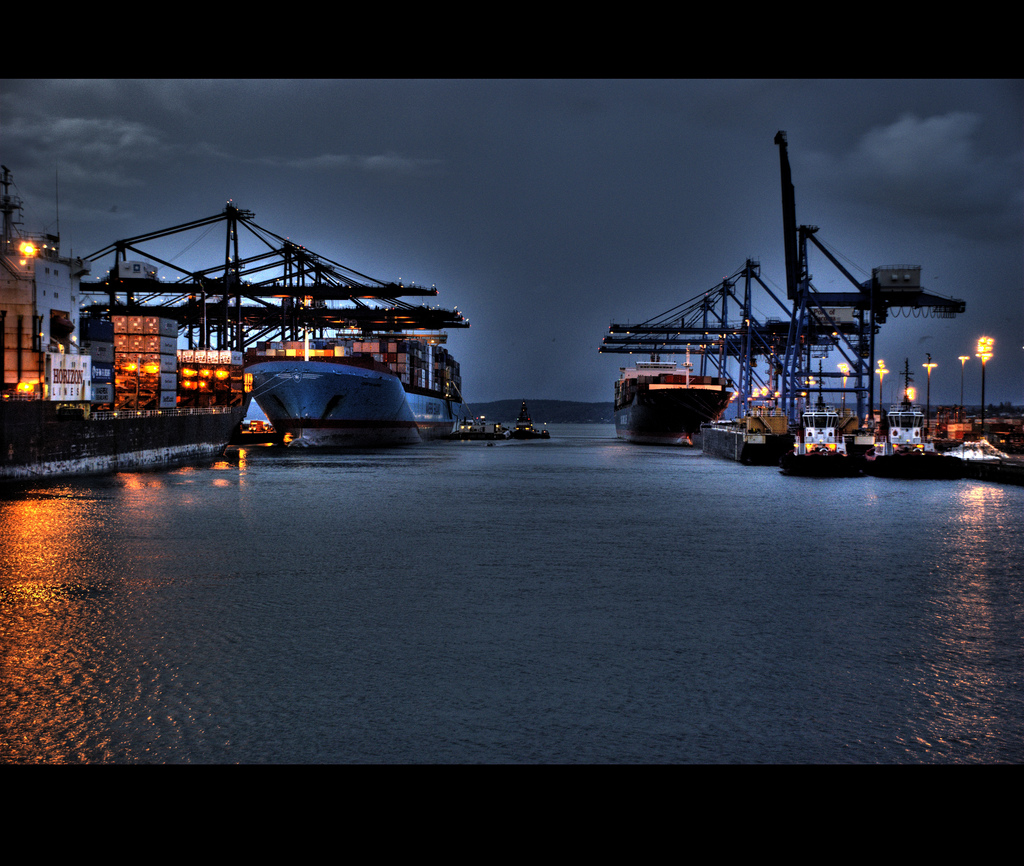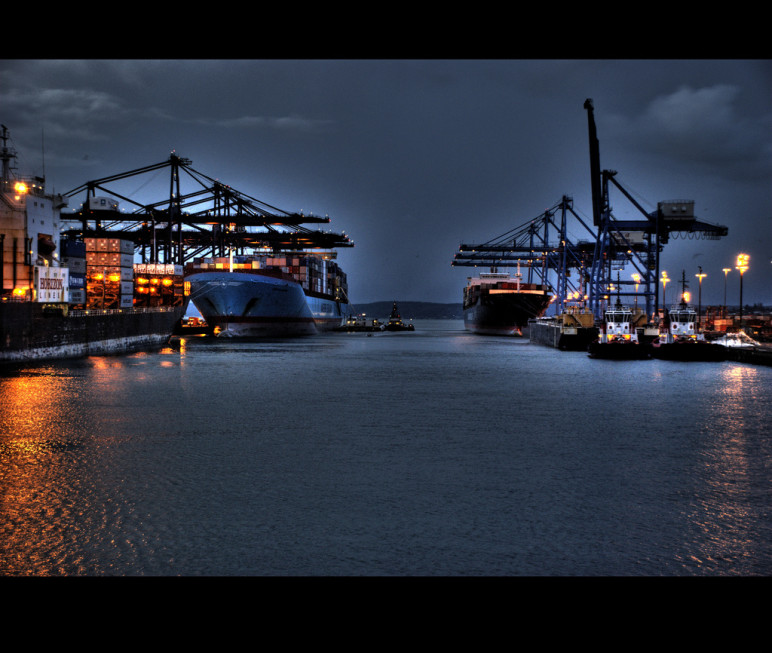Because of its location, the Pacific Northwest plays an outsize role in determining the planet’s climate future. Squarely between voracious energy markets in Asia and massive fuel deposits in the interior of North America, the region of Cascadia is on the front lines of determining whether we’ll continue our dependence on fossil fuels or transition to carbon-zero energy.
A new KBOO audio documentary, “Holding the Thin Green Line,” by Barbara Bernstein explains what’s at stake. It’s a multi-part story told from the points of view of experts, activists, and various members of the Northwestern communities impacted by proposed fossil fuel projects.
Among the sources is Eric de Place, Sightline Institute’s director of the Thin Green Line, who is considered an authority on a range of issues connected to fossil fuel transport, including carbon emissions, local pollution, transportation system impacts, rail policy, and economics. Another Sightline researcher, Tarika Powell, lends her expertise to explain the alarming misconception that natural gas is “cleaner” than coal or oil. Tarika earlier this year published her own three-part series about dirty secrets within the natural gas industry. Methane, the main component in fracked gas, is like carbon dioxide on steroids when it comes to its global warming potential. (Read her series.)
Bernstein’s reporting focuses on:
- A massive methanol refinery operation proposed in Kalama, Washington
- A proposal to build the West Coast’s largest liquid natural gas (LNG) export terminal in Coos Bay, Oregon
- A massive LNG hybrid facility at the Port of Tacoma
If the project in Kalama moves forward, it could result in the world’s largest methanol refinery. There’s evidence the project will threaten air quality, water quality, and environmental health. (Sightline wrote about the project extensively. Check out our research.)
Part One of Berstein’s project, titled “The World’s Largest Methanol Refinery,” first aired on KBOO on Oct. 4 (listen here).
(More from Eric: Despite Inslee’s Opposition, Gas Industry Still Plans Big Expansion in the PNW)
That episode also featured the Port of Tacoma project.
“Normally with liquefied natural gas, you do not site it in an urban area because liquefied natural gas is extremely combustible,” de Place told Bernstein. “If it explodes, it is an enormous bomb that can go off. So (this project is) sited right in the middle of Tacoma and they’re going to put it on ships. That raises concerns about how you’re going to move those ships safely in and out of the harbor and how you keep other ships away from them while those ships are moving.”
The next part of the series airs Oct. 28 on KBOO’s show, Locus Focus. Berstein’s reporting will focus on Jordan Cove and what would be the largest LNG export terminal on the West Coast. That proposal includes a pipeline more than 200 miles long that would cut across southern Oregon.
Learn more about Holding the Thin Green Line. You can also listen to a recent conversation between Eric and Barbara on Locus Focus. They discuss what Appalachians can learn from the Northwest to beat back fossil fuel projects, and they talk about the ongoing impeachment inquiry. Listen in.










S. Keely
Regarding part 1 of Barbara Bernstein’s thorough audio doc, the worlds largest fracked gas to methanol refinery and export terminal proposed in the small town of Kalama on the Columbia River in SW WA, here is an update: Dept of Ecology halted their review of the Final Supplemental EIS on 10/9 remanding it back to Cowlitz County for more information on two key points: GHG emissions and GHG mitigation plan. The county has until 11/7 to resubmit. Once received Ecology has 30 days to review and decide the fate of the shorelines permits. It is criminal that this project, proposed by NWIW a subsidiary of the Chinese government, has gotten this far, so many lies and deception. Please take a moment to urge Ecology to ultimately put a stop to this refinery and protect our air, water, health, safety, and environment. The earth cannot take 12 million tons of climate pollution annually! For details see NoMethanol360.com This is time-sensitive. Thank-you.